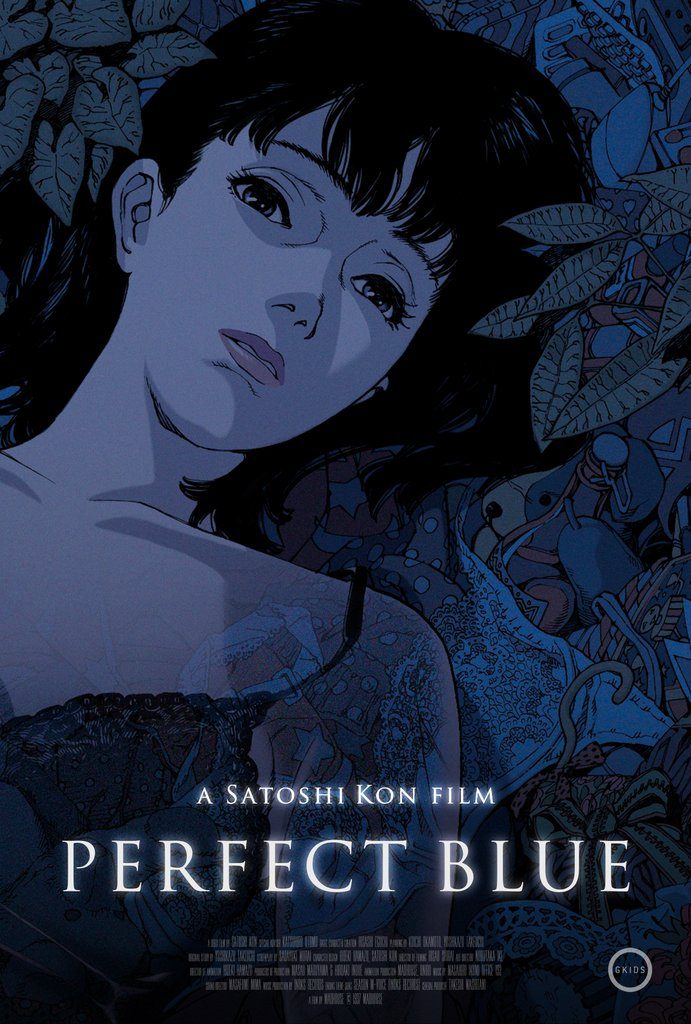PERFECT BLUE
I have a confession to make. I hate anime. Never cared for it. I saw AKIRA in the theater back when it came to Western shores in the early ‘90s and shrugged my shoulders. I’ve tried sitting through GHOST IN THE SHELL and VAMPIRE HUNTER D. Couldn’t make it. The exception to the rule is SPIRITED AWAY. Until I saw PERFECT BLUE this evening.
Having just watched and been captivated by BLACK SWAN, I researched that director Darren Aronofsky once purchased the rights for PERFECT BLUE just so he could emulate one of its shots for REQUIEM OF A DREAM. If BLACK SWAN isn’t an unofficial (and extremely loose) remake of PERFECT BLUE, it’s at least its spiritual cousin.
The story centers around a pop star who quits her band to make it as an actress. She’s young, naive, determined and optimistic. She’s clearly a bright light — but bright lights in the entertainment industry have a habit of dimming from the gloom. She says yes to a brutal rape scene in the movie she’s starring in. She agrees to have racy photos done to shed her “pure-and-innocent” image. And piece by piece, she starts losing sight of who she really is. Hallucinations, obsessed fans, a fragile self-reflection, and murder gradually seep into her reality — a reality that is not easily defined for her or us.
PERFECT BLUE uses everything in its power to create an engrossing tale, from its use of color (mostly red), its metaphorical use of glass and reflections, its use of editing (to trick and fracture our sense of reality) and sympathy for character (the rape scene is absolutely harrowing — especially when the film reminds you it’s part of a movie being shot). It explores themes of fame over normalcy, shared madness, toxic fan culture and personal labeling (“slut-shaming” by society and self) better than any other film I’ve seen. In this, the anime only helps its message. If this were a live-action movie, starring a real 22-year old girl, I’d be wary that the filmmakers were exploiting her for the very things the movie rails against.

